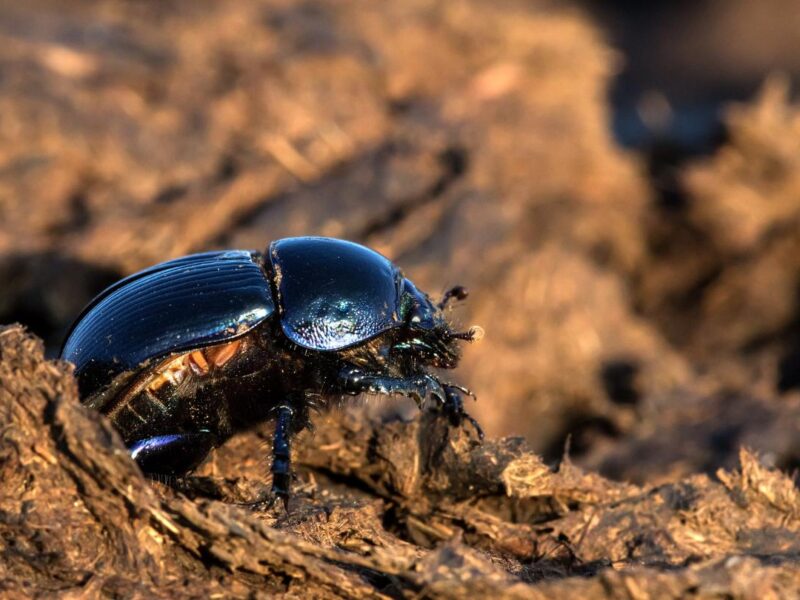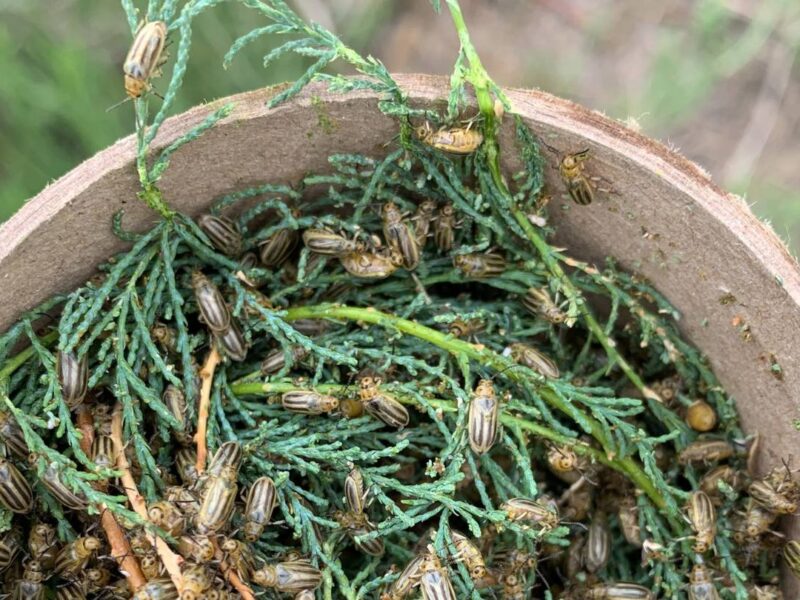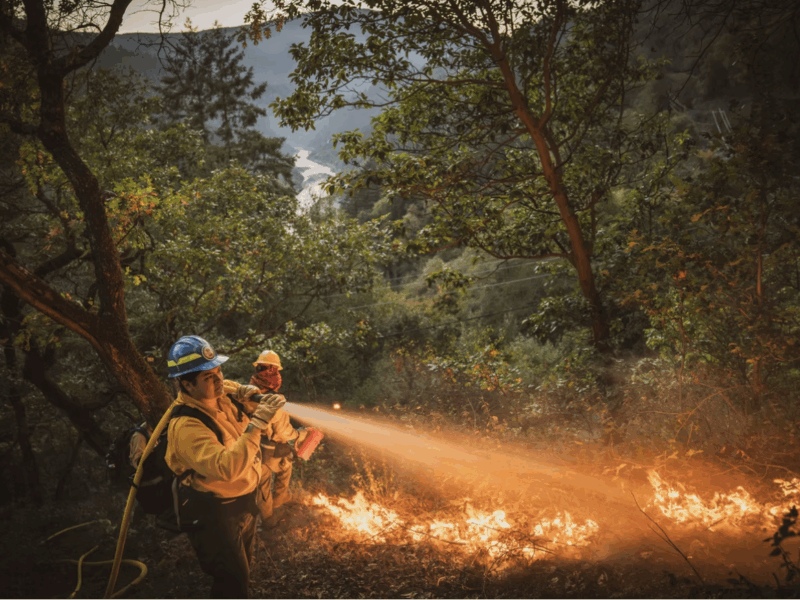Under the Endangered Species Act, the US Fish and Wildlife Service (USFWS) has authority to protect and prohibit harm to threatened and endangered species. Unfortunately, this can create disincentives for landowners to cooperate with species recovery efforts. This is because the more habitat and species a landowner helps conserve, the greater the concern of regulatory intervention and economic cost.
To address this concern, the USFWS developed assurance agreements such as the Candidate Conservation Agreement with Assurances (CCAA) for species being considered for federal listing, and the Safe Harbor Agreement for species that are already listed. The agreements provide landowners with assurances that their conservation efforts will not result in future restrictions in excess of those they agree to at the time they enter into the agreement. However, developing these agreements can take considerable time (years in many cases) and resources on the part of the landowner and the chronically understaffed agency.
WLA is working with USFWS, state wildlife agencies and landowners to make these agreements more accessible to landowners. Over the past year, these partners have come together in a joint learning project to provide regulatory certainty for landowners who are voluntarily restoring native trout and other riparian species in the Upper Rio Grande and South San Juan watersheds. Lessons learned in the course of the project will help improve the design and implementation of conservation agreements in the future.
Landowners who are interested in learning more about wildlife recovery and regulatory assurance agreements can visit www.fws.gov/endangered/what-we-do/cca.html#ccaa or contact Partners for Fish and Wildlife at www.fws.gov/partners/.
Sorry, the comment form is closed at this time.





Pingback: Trout, lost and found – On Land